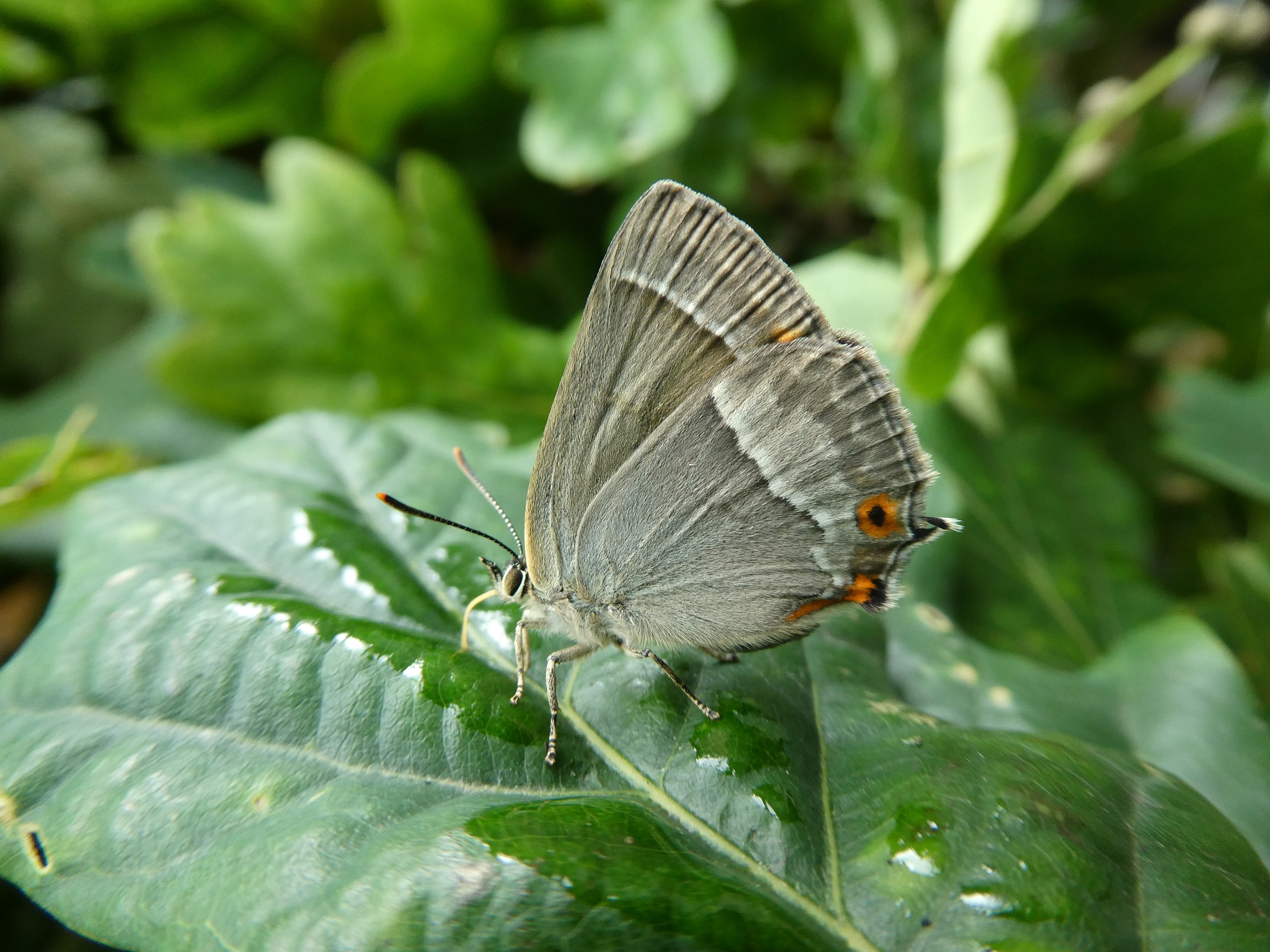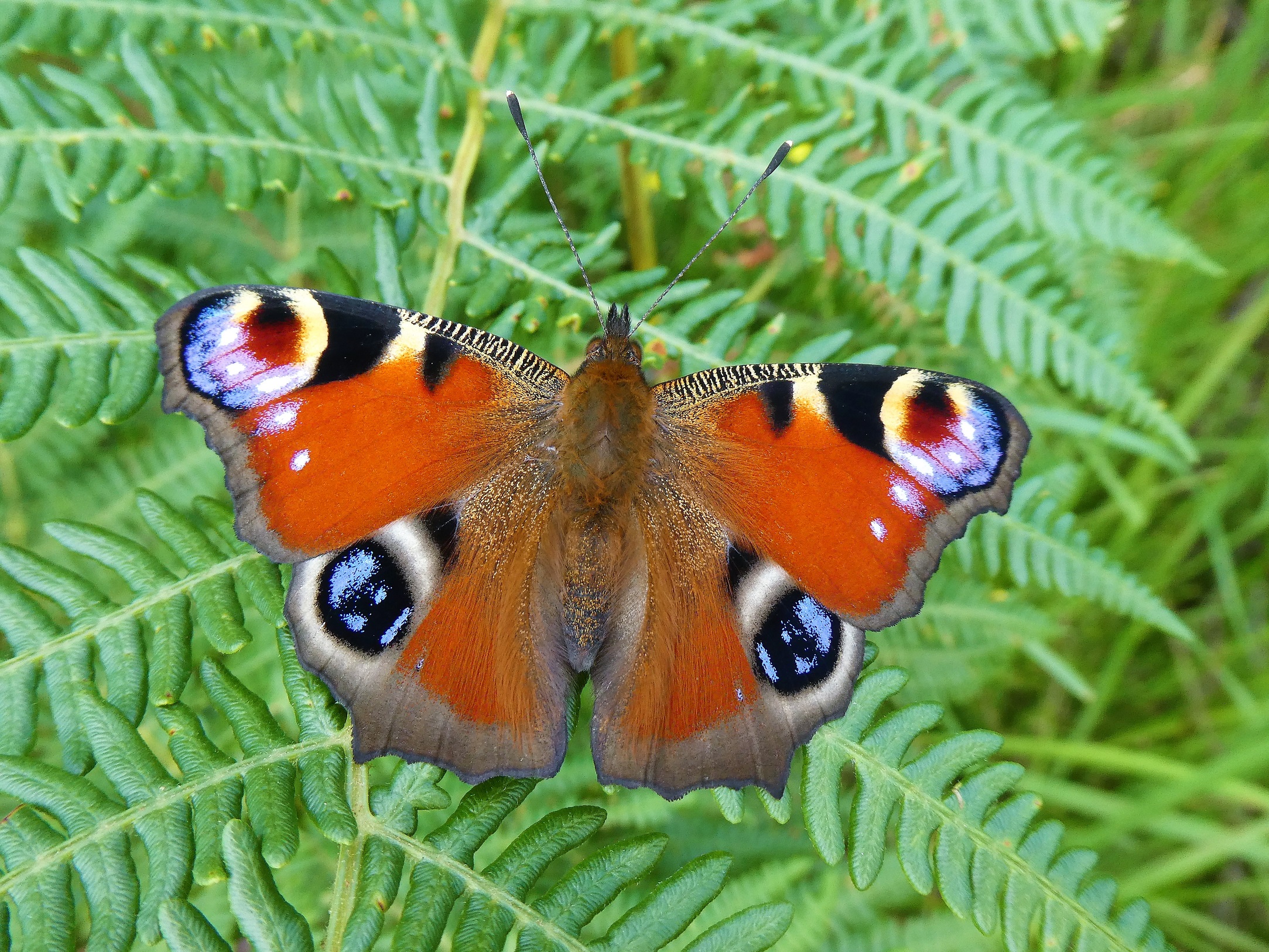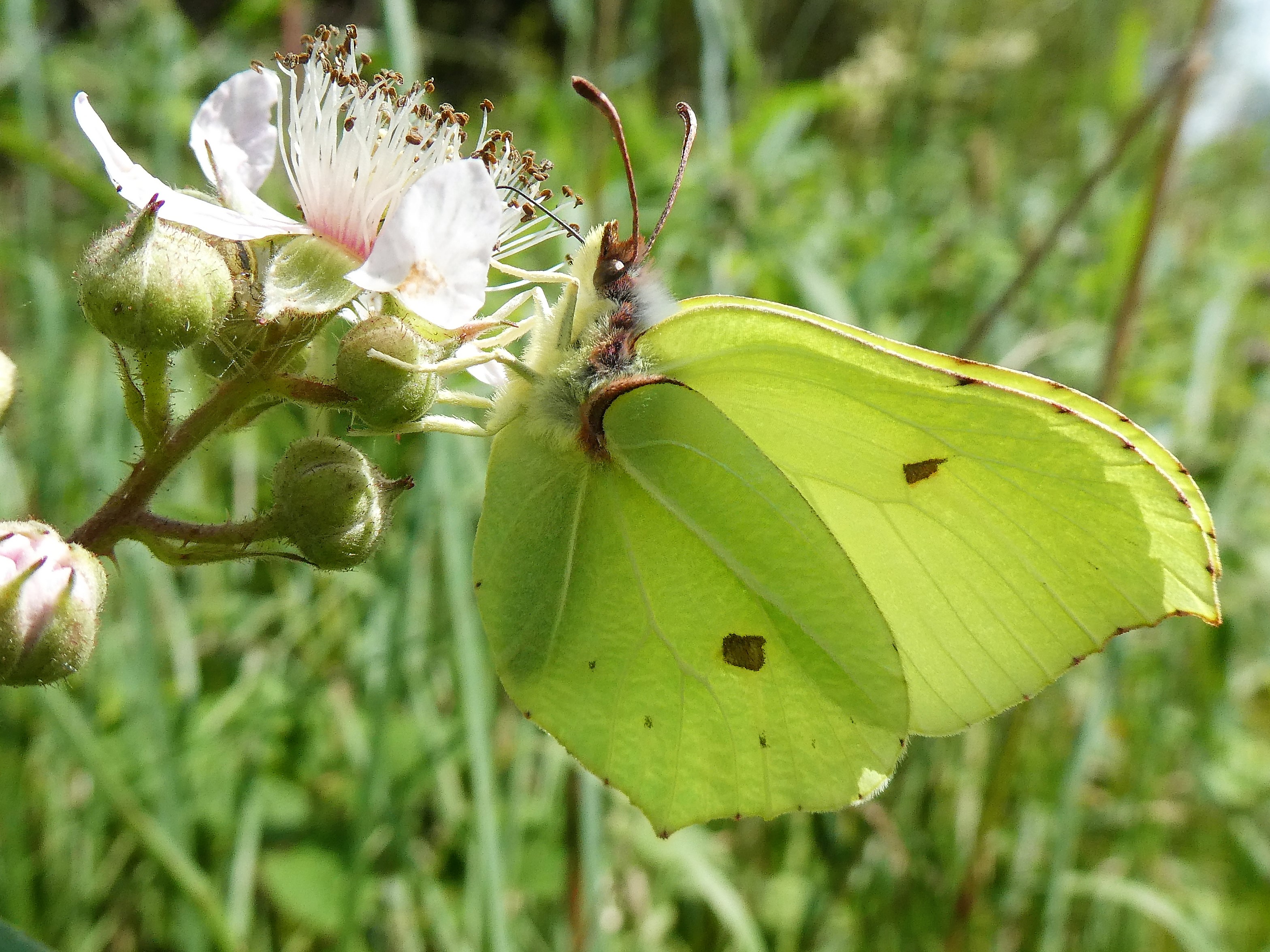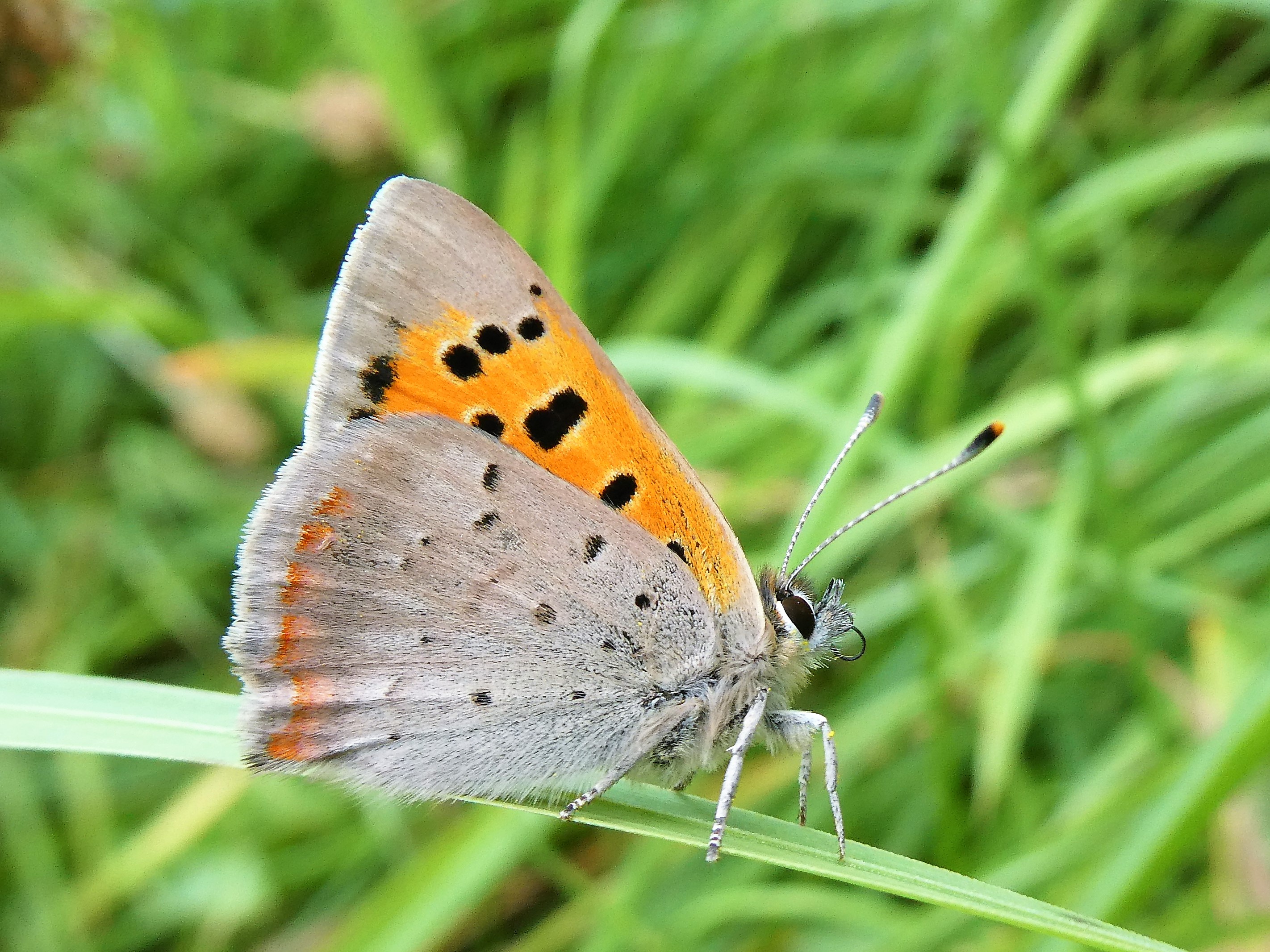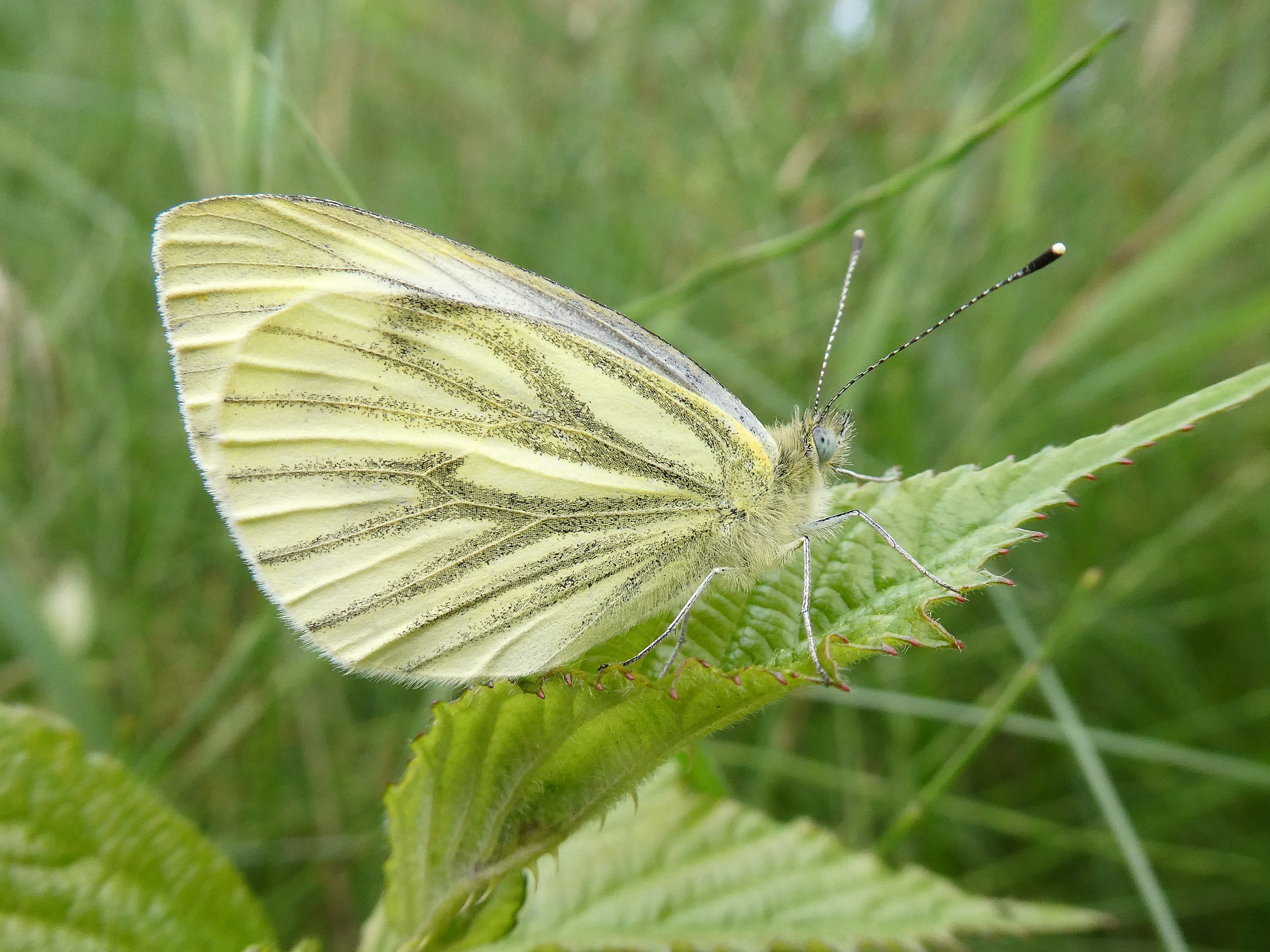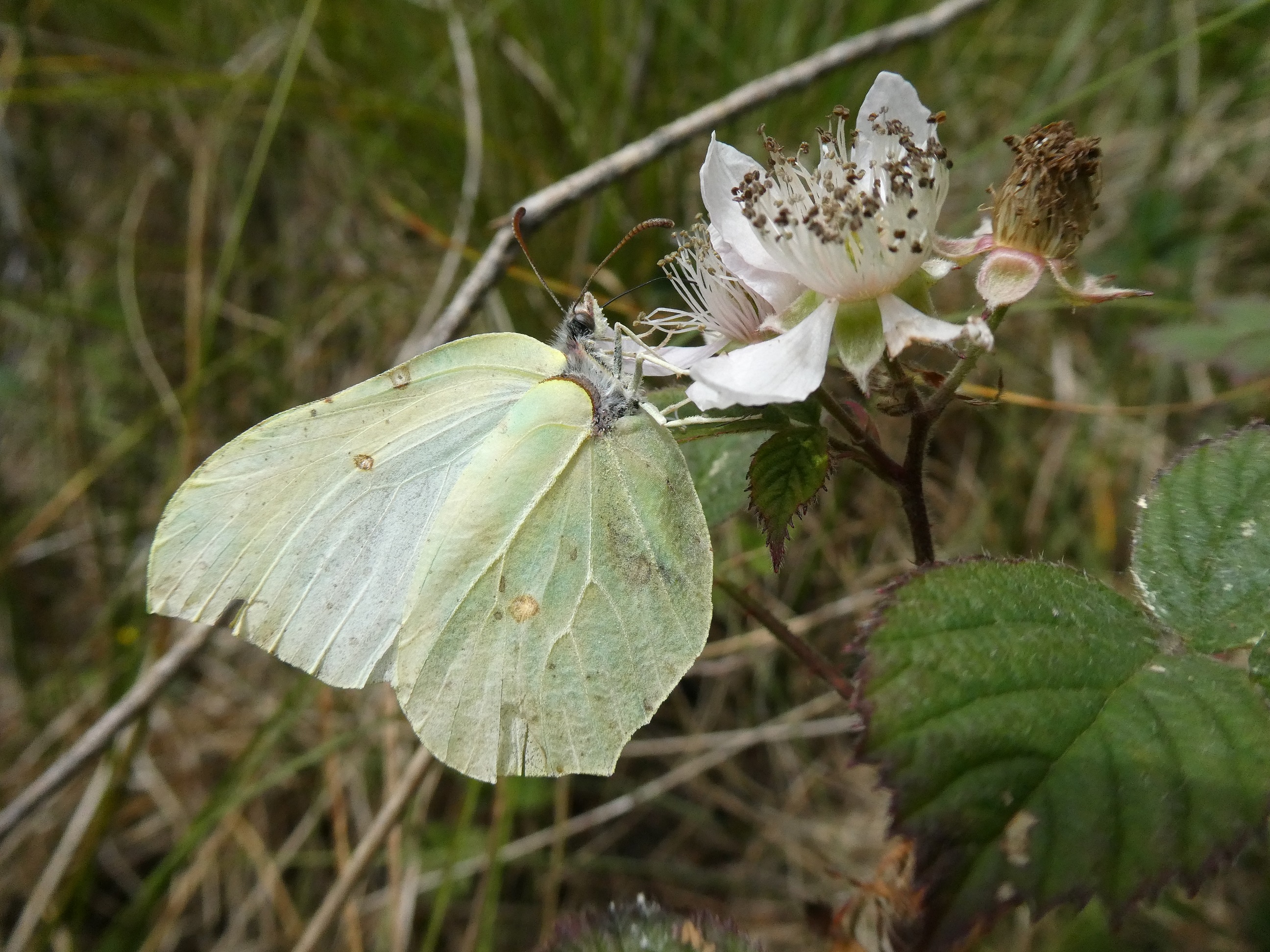The Painted Lady scene had quietened since early July. There was large-scale immigration in late June and early July but reports of the butterfly quickly declined. Many of the butterflies settled to breed and as expected larvae are now being reported. The larva in the photograph is in the fourth of five instars. The egg that this caterpillar hatched from was laid on July 4th. In the final stage (fifth instar), the larva feeds so voraciously it does not interrupt its feeding even if touched-some feed for a whole hour without a pause! We would expect, given warm weather, for the home-grown butterflies to begin to fly from mid-August.

However, the Painted Lady story has just taken a new twist. A massive front has made land in Scotland and along the Donegal coastline. From Tory Island Grace Meenan described her experiences of seeing a huge number “like a carpet full of them, amazing to see!” The influx into Donegal is unusual in that it is not being reported arriving in numbers along the south coast. The factors that have seen it arrive there are not known but may be connected to their place of origin, wind direction and temperature. Regardless of the factors, the butterfly should be enjoyed. Unbelievable as it may seem in a year of abundance, it can almost disappear the following year. In all of 2010, for example, I saw just one, having seen hundreds in a moment in May 2009!
Here is a photograph of a settled Painted Lady sent by Grace from Tory Island.
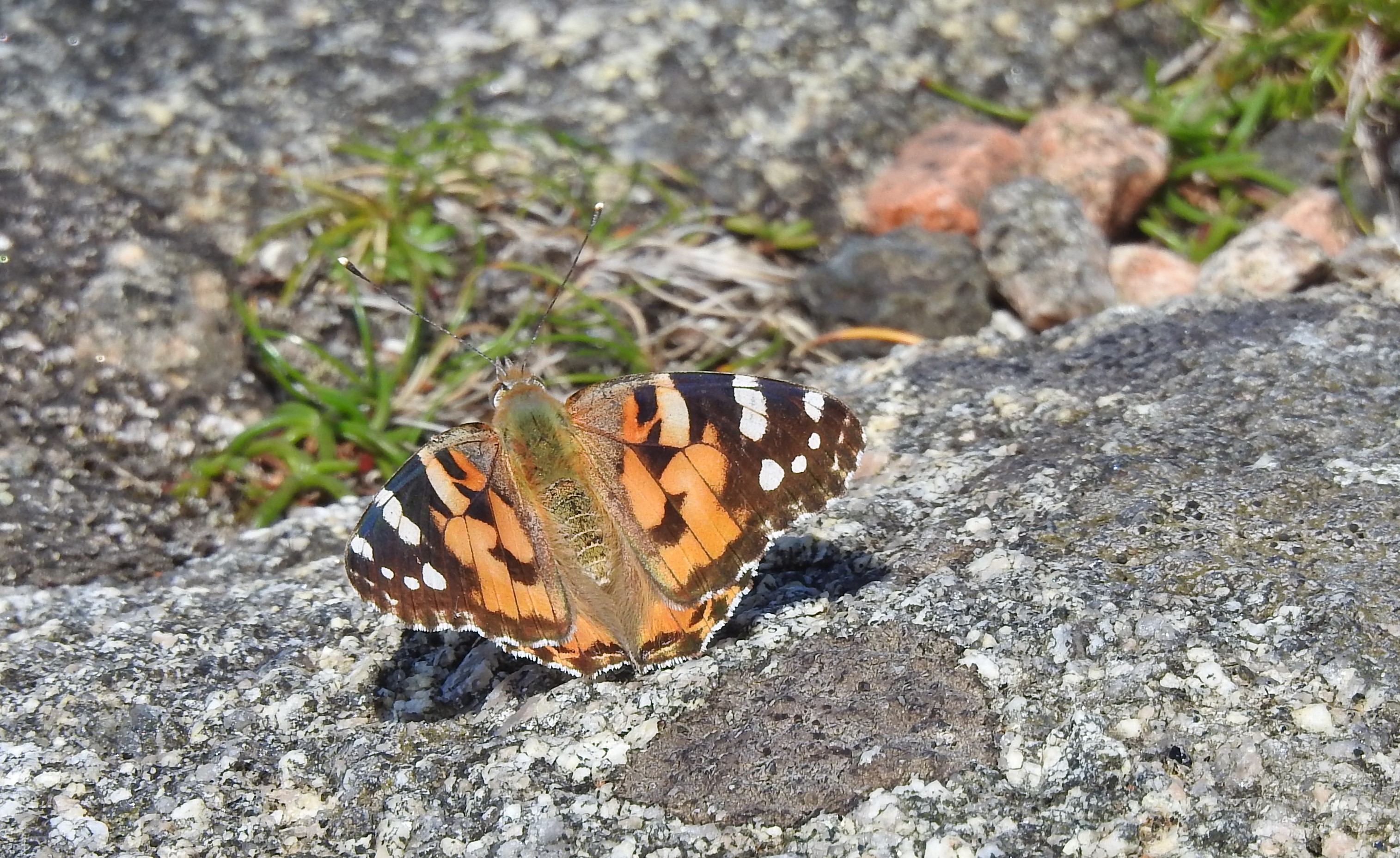
We would like to hear from you about any Painted Lady sighting and indeed any butterfly or moth you see. For a valid record, send your name, date of sighting, the number of each species seen, a grid reference (see https://irish.gridreferencefinder.com/) and the place name and county to conservation.butterfly@gmail.com. All records are acknowledged.
It helps if you visit good habitats containing the plants that butterflies need. A walk in a flower-rich habitat, like this marvellous meadow at Castletown House, County Kildare, should be a butterfly-filled pleasure!
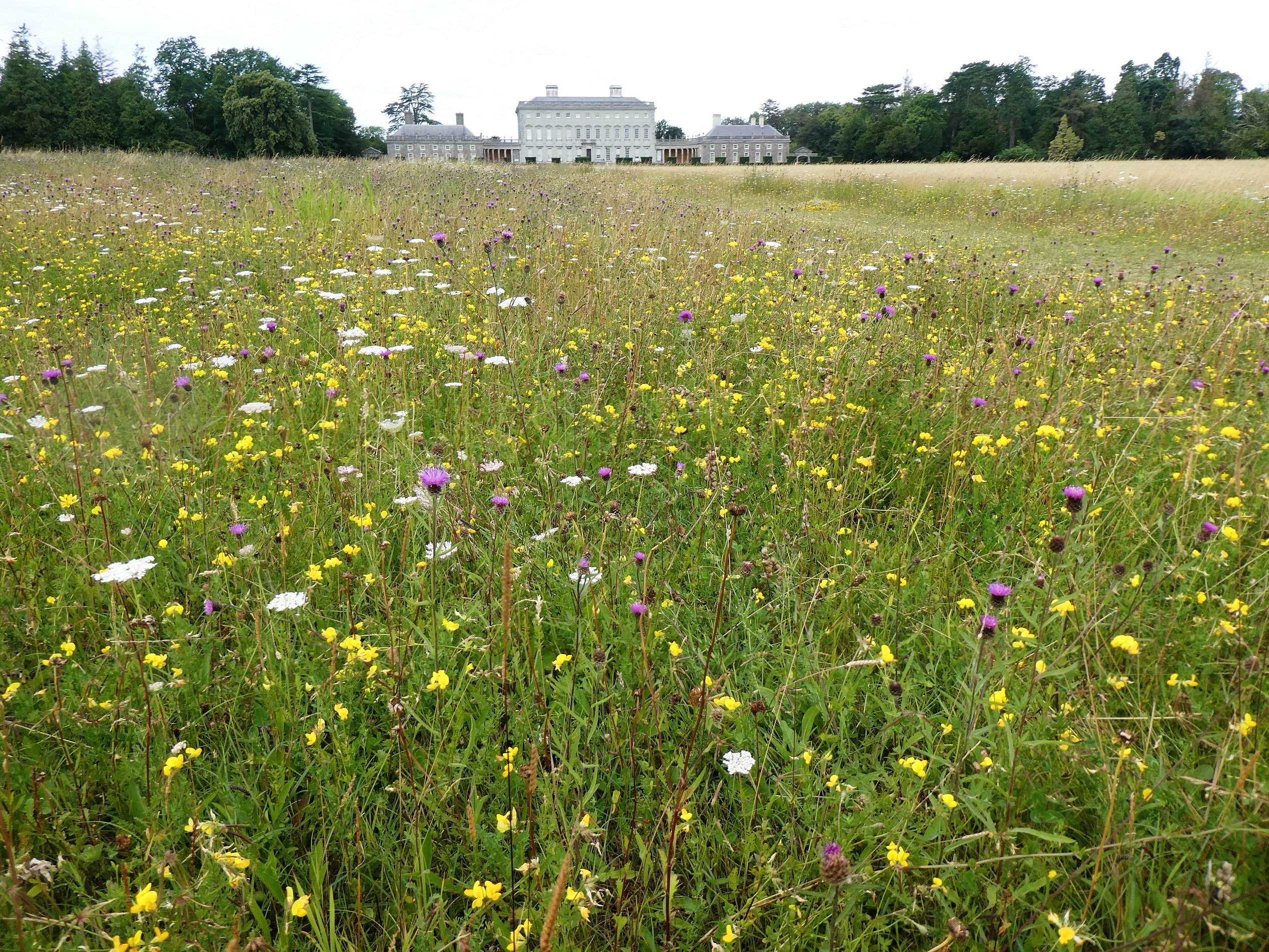
PAINTED LADY UPDATE AUGUST 1ST
Sam Hanna from Kilkeel near the County Down coast reports around 100 Painted Lady butterflies in his garden, feeding on verbena and lavender. It seems that the butterfly is arriving in numbers on both sides of the northern part of Ireland.


